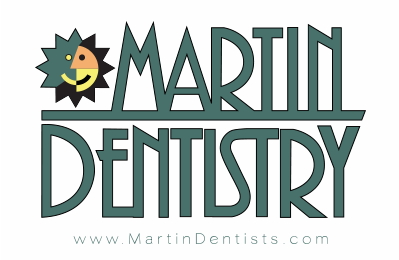Why doesn't my insurance cover this?
The best way to think of dental insurance is to use the term benefit instead of dental insurance. So it is a dental benefit plan and not dental insurance. You are not insuring anything against loss. Think of dental insurance as a partial payment and reduced fee benefit plan. Dental benefits are not like medical insurance. Dental plans have yearly maximums, normally between $1000 and $1500. For example, with home insurance you are insuring the value of your home. If you have a $150,000 home, you can insure it for near the entire value of the structure. With dental benefits only a portion of the value of your dental health and needs is covered. If your treatment is $5500 your plan will only pay up to your maximum of $1000.
Dental plans can have restrictions and exclusions. They may not pay anything toward veneers, implants or other procedures. They can also have waiting periods of up to a year, where they will not cover certain procedures. These restrictions are based on pricing and plans that cover more usually cost more.
Dental plans will typically not cover all procedures equally. Fillings may be covered at 80% while crowns may be covered at 50%. Aside from cleanings, dental insurance rarely if ever covers 100% of the cost of any procedure. The portion the patient is responsible if the remainder or the co-pay. Some plans include a deductible that must be met before any treatment is covered.
A big benefit of the dental plan can be the reduced fee schedule. A dental plan company will have a negotiated fee schedule with providers. The dental office accepts a lower fee for having patients directed toward their office from a list of providers. If you choose to see a dentist that is a provider in a plan, then you are in network. If you choose a provider out of the network, then you may not receive the same discounted fees, or you may not have a procedure paid at the same rate. Some plans are so exclusive they will only allow patients to see a specific provider, meaning your plan can not be used at an out of network office. Benefit plans can also deny coverage for a procedure or down code to a lesser cost procedure. This down coding does not mean that the procedure is not needed, it is just a lower cost alternative payment by the insurance company.
Dental benefits are not free. They are normally paid through and employer, group plan or an individual plan. Many times, the cost of a plan is deducted from an employee's compensation. Think of the total benefit as the yearly maximum minus the yearly cost.
For example:
$1250 yearly maximum - $480 cost of the plan -$50 deductible = total benefit of $720
If the total cost of the dental benefit plan is high enough, then it may not make sense to pay for a plan if your dental needs are limited. If only regular cleanings, radiographs and exams are needed, then more could be spent on the plan than on treatment.
To review. Dental benefit plans can:
- Restrict which dentists you can see
- What procedures they will cover
- How much they will pay for
- When treatment can be covered
- Give you access to a reduced fee schedule
- Allow for partial payment
It can be helpful to engage with your HR representative to understand the cost of the plan to employees and restrictions that have been chosen. If you have purchased and individual plan, then it can be helpful to review your dental needs to see if coverage costs outweigh the benefits. Your dental office should be able to give you a detailed dental history as well as an estimate of future needs. They can also make a recommendation of plans that have the fewest restrictions and best value.
